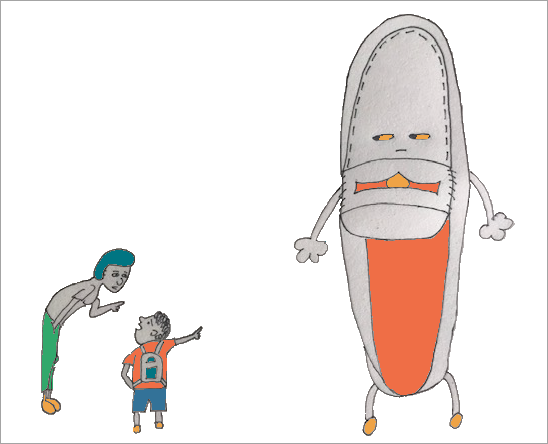Why I’m Starting PennyLoafer

About a year ago, in the midst of a global pandemic and racial justice movement, the idea for PennyLoafer began to roll around in my mind.
After the murder of George Floyd, I found that people (myself included) were scrambling to help, yet often unsure of how or where to give. This uncertainty mixed with urgency led to sporadic giving or, in some cases, apprehension and even inaction.
Many turned to social media to find organizations to support, modeling the generosity of friends and celebrities that filled their feeds. In one extreme example, this led to a small organization, Minnesota Freedom Fund, receiving a sudden influx of $30 million in a matter of weeks.
I only use that example to demonstrate that where we give is often influenced by what’s conveniently put in front of us.
I took stock of my own giving habits, and realized this rang true even prior to 2020.
My giving was sporadic and reactive; almost a direct reflection of events happening in the world or requests that came my way. A natural disaster. A friend’s fundraiser for classroom supplies. The guy that often sits outside my grocery store.
I considered what it meant to have a giving strategy: what did I care most about? And why wasn’t I doing more to support it strategically and on an ongoing basis?
I began to do some research.
So many things get in the way of our giving: not knowing where to start, not having time to do the research, not feeling like it’ll make a difference, work, school, kids — life.
I learned that while the amount of total charitable giving continues to rise every year, the number of individual donors is actually decreasing. This concentration of wealth in philanthropy is also a concentration of power — those with money deciding what causes and nonprofits get to be supported. I wondered what could be done to get more people donating, and feeling like they have the power to influence change.
I also considered the convenience of donating for the wealthy: they can often start their own foundation or open a Donor Advised Fund, hire staff dedicated to researching and vetting their giving strategies, all while maximizing their tax benefits.
I wanted to create this experience for the average donor, who might only have $5 or $50 a month to give.
My hypothesis is: more people would donate if it were convenient. PennyLoafer seeks to provide the everyday donor, who has limited time and resources, with an ongoing giving strategy they can feel good about.
PennyLoafer addresses:
The paradox of choice: There are over a million nonprofits operating in the U.S. PennyLoafer researches and curates a diverse collection of great nonprofits so you can simply start giving, and have one less aspect of your life overwhelmed by choices (see: grocery store aisles or podcasts to listen to)
Busy lives: Responsible giving requires time — something many people don’t have. PennyLoafer is easy to set up and provides an ongoing giving strategy, so being short on time doesn’t have to mean being short on giving.
Feeling overwhelmed by issues: we’ve all been there – what can I do as one person? Especially for big issues like the mental health crisis or climate change. With PennyLoafer, you’ll join other like-minded donors in your giving strategy. Five dollars a month might not seem like a lot, but if 10,000 people are donating, it really adds up.
Information overload: there is so much to understand about big issues and solutions. PennyLoafer promises digestible amounts of information via one monthly email. Donors will be updated on the impact of their money and stay engaged beyond their monetary contribution.
At its core, I want PennyLoafer to get more individual donors meaningfully connected to causes, learning and feeling like they’re making a difference — no matter the amount they can give. If you’re in, let’s get loafing!